Part Analysis
The main parts of the graphics card are the backplate, the cooler, the PCB, and the fan assembly.
Photos of the PCB’s front and rear sides. The PCB is small!
The cooling solution uses seven heatpipes, which pass through the block that comes in contact with the GPU.
The GPU203 GPU follows the Blackwell architecture. TSMC manufactures it and uses a 5 nm production process like its predecessor. Its die size is 378 mm2, and it has 45.6 billion transistors. It has almost the same die size as the AD103, used in the RTX 4080, and has the same amount of transistors (45.6 billion).
This image explains EVERYTHING you need to know about this graphics card and its power circuits. It was provided by my friends at TecLab (thanks, Ronaldo and Burti), who are experts in GPUs and not only! All credit for this part analysis goes to my friends at TecLab, who also trained me on how to do that properly!
A 10-phase VRM powers the GPU, highlighted in the green rectangles above. A Monolithic Power Systems MP29816 controller controls these. There are four phases for MSVDD and three phases for FBVDD. For those who don’t know what these two mean, FBVDD ensures the stability and accuracy of data transfers between the GPU and memory, especially at high clock speeds. In contrast, the MSVDD voltage manages the memory chips’ operation.
The GPU power phases use Monolithic MPS MP87993 DrMOS rated at 50A. The VRAM phases use the same DrMOS type.
Samsung makes the GDDR7 memory chips. They model number K4VAF325ZC-SC32 shows that they are rated for 32 Gbps. The weird thing here is that the RTX 5090 uses the same memory chips but rated at 28 Gbps.
The card’s power socket. Its type is 12V-2×6.
There is no information on the fan model numbers, but they most likely use rifle bearings, like the rest fans that Galax uses in its GPUs.
Some more photos of parts.
- Prologue & Technical specifications
- NVIDIA’s Key Technologies
- Box & Contents
- Part Analysis
- Specifications Comparison
- Test System
- Game Benchmark Details
- Raster Performance
- RT Performance
- RT Performance + DLSS/FSR Balanced
- Raytracing Performance + DLSS/FSR Balanced + FG
- DLSS/FSR Balanced (No RT)
- DLSS/FSR Balanced + FG (No RT)
- Relative Perf & Perf Per Watt (Raster)
- Relative Perf & Perf Per Watt (Raster + DLSS/FSR)
- Relative Perf & Perf Per Watt (RT)
- Relative Perf & Perf Per Watt (RT + DLSS/FSR)
- Relative Perf & Perf Per Watt (RT + DLSS/FSR + FG)
- Rendering Performance
- Operating Temperatures
- Operating Noise & Frequency Analysis
- Power Consumption
- Clock Speeds & Overclocking
- Cooling Performance
- Epilogue
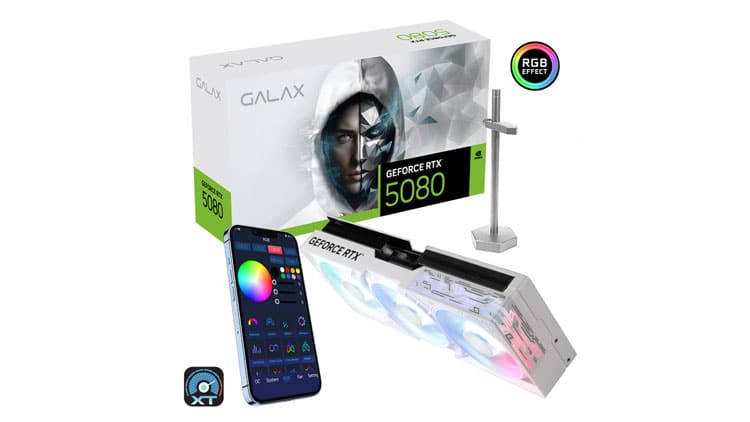
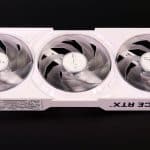
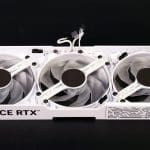
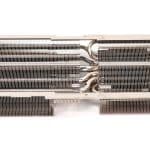
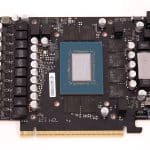

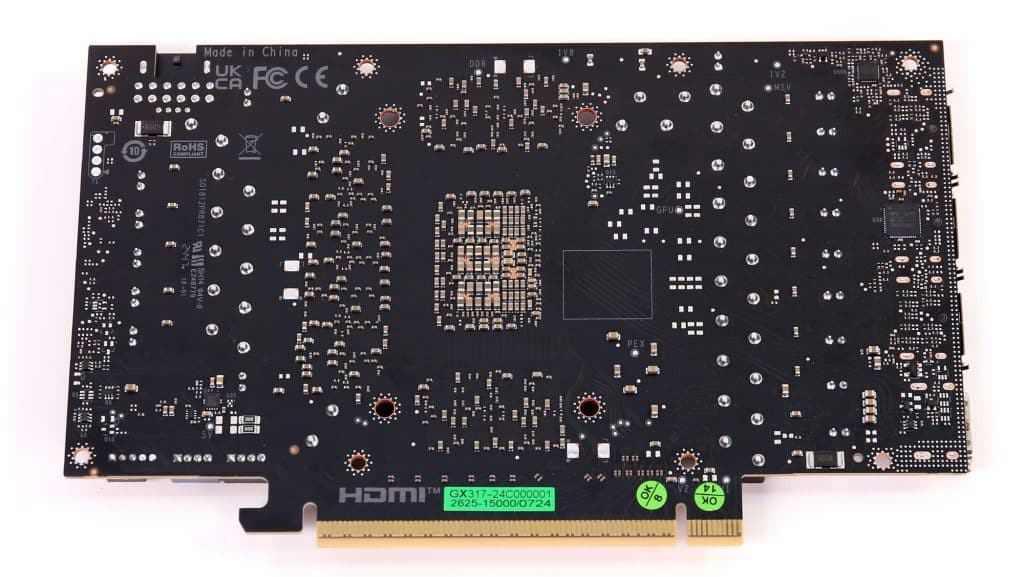
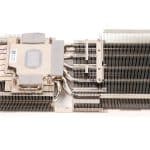
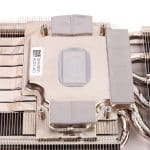
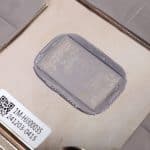
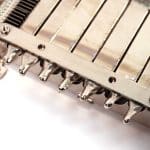
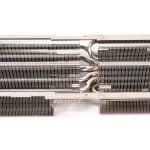
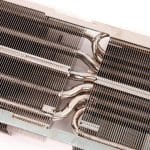
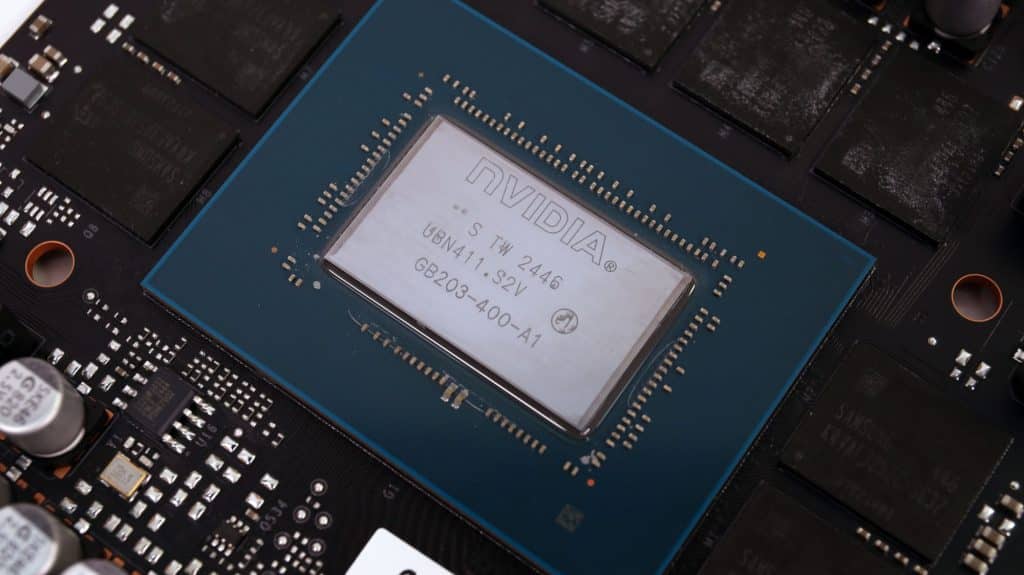
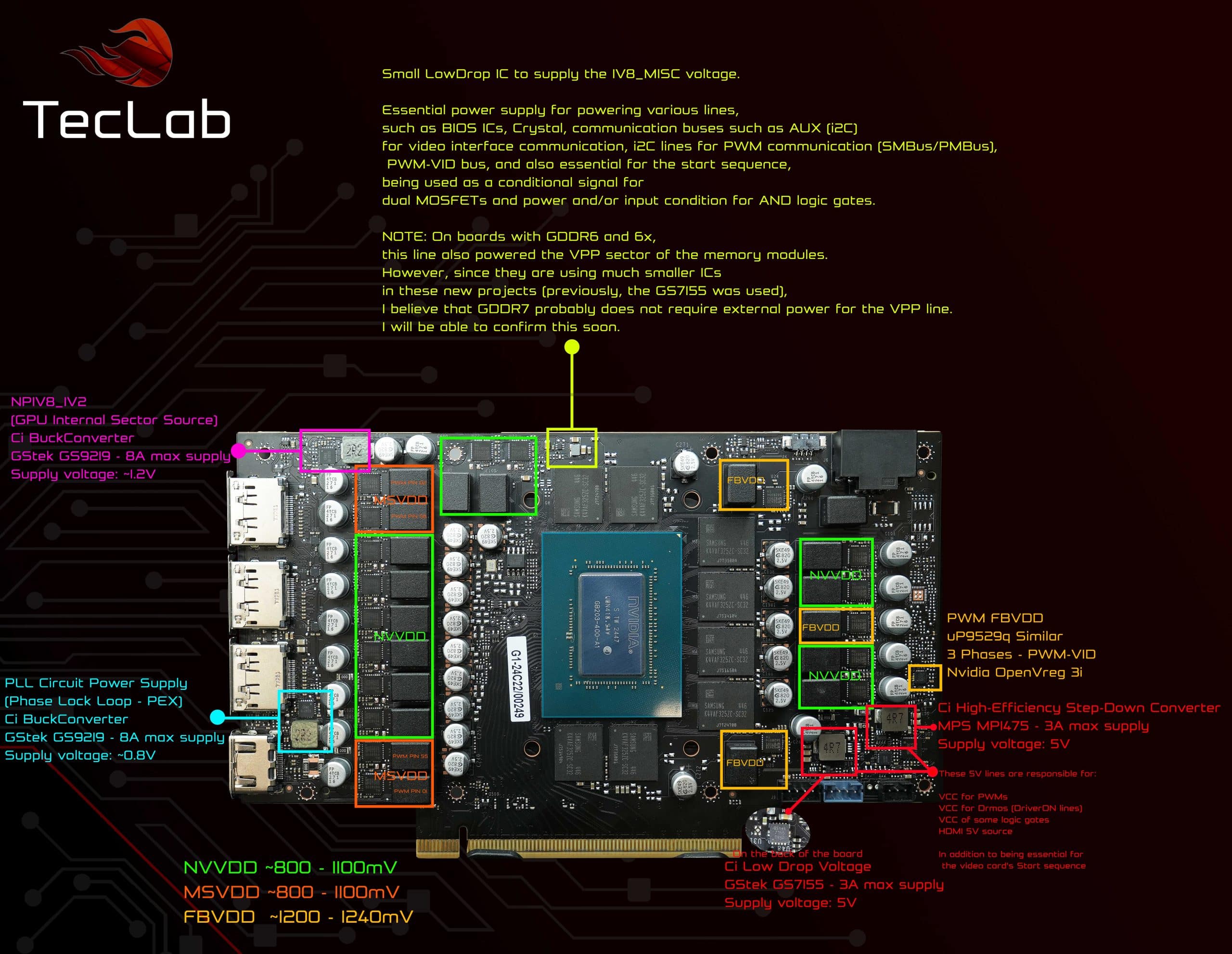
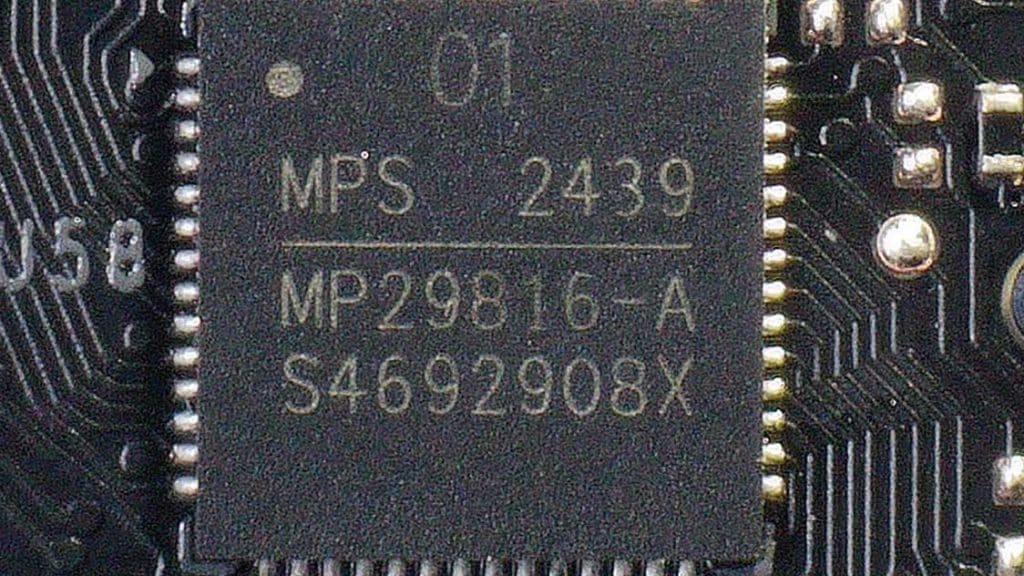
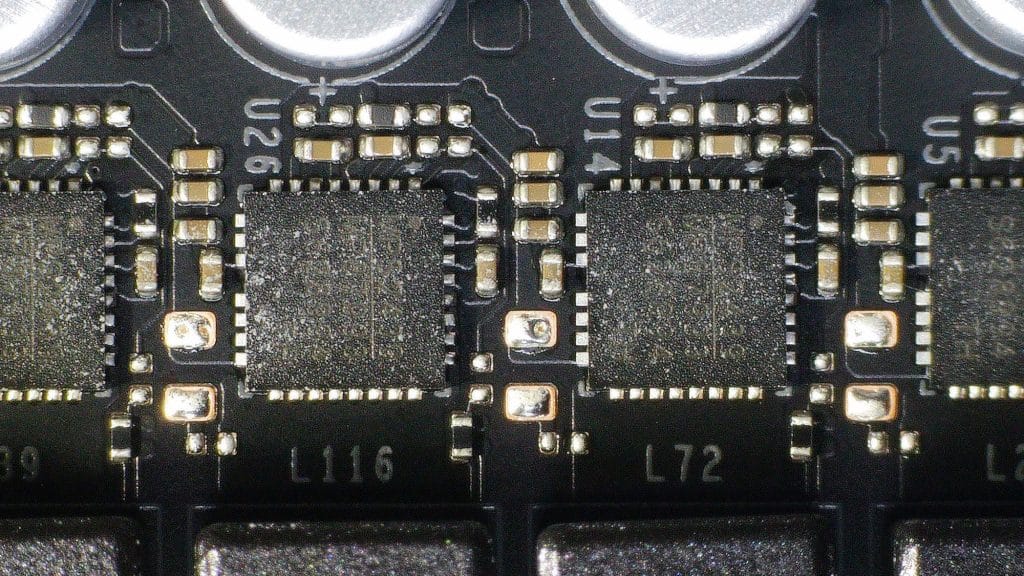
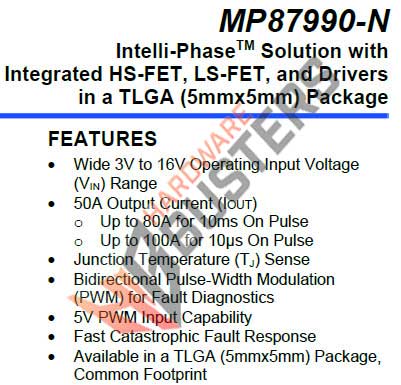
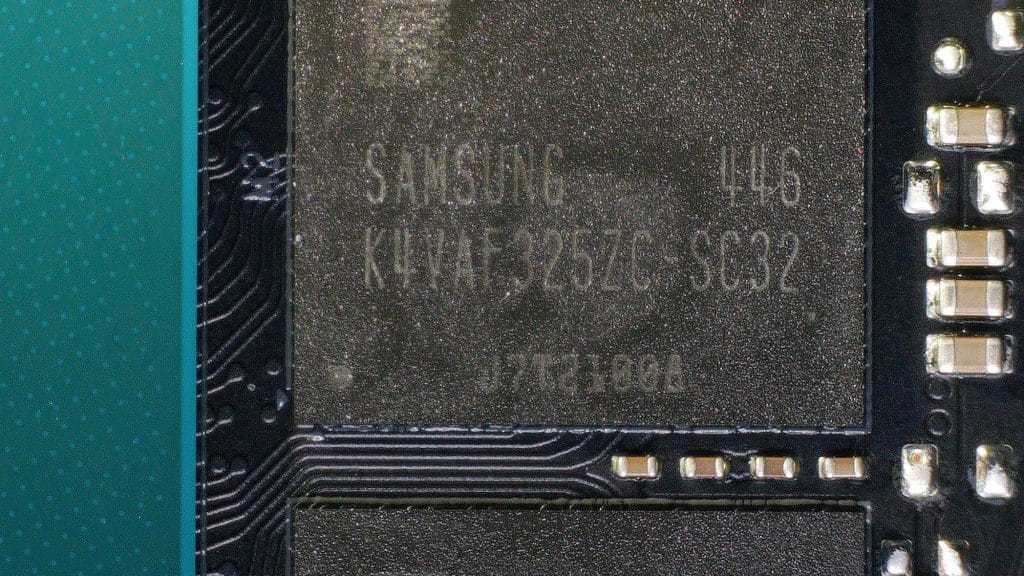
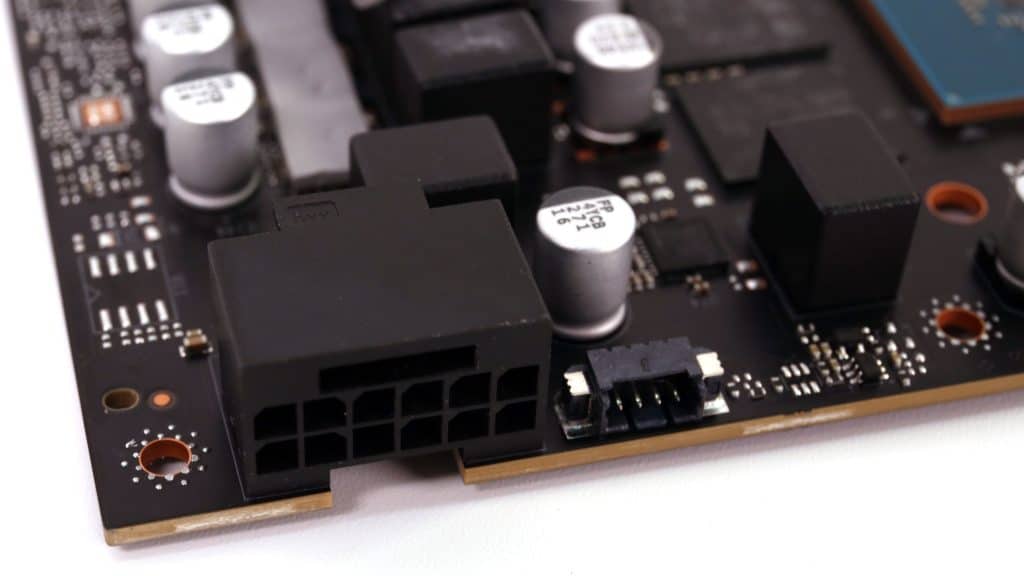
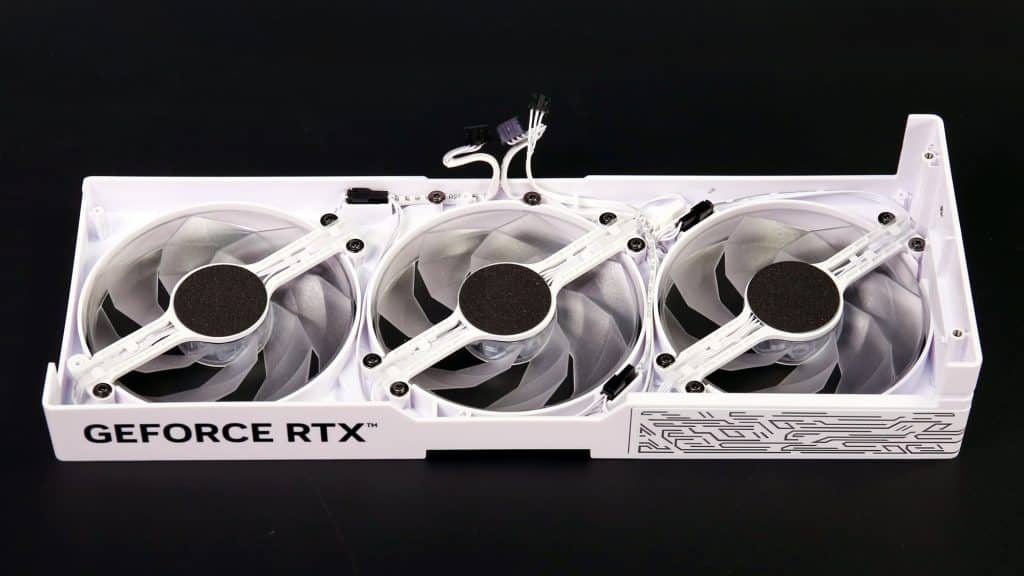
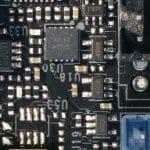
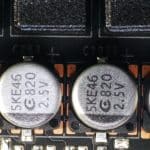
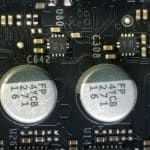
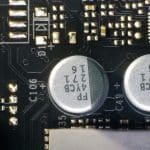

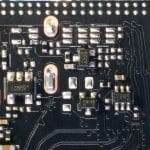
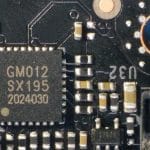
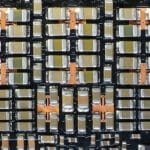
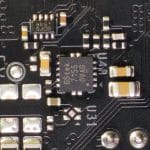
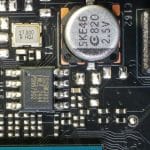
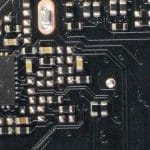
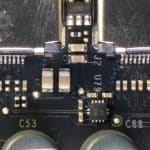
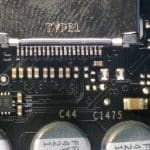
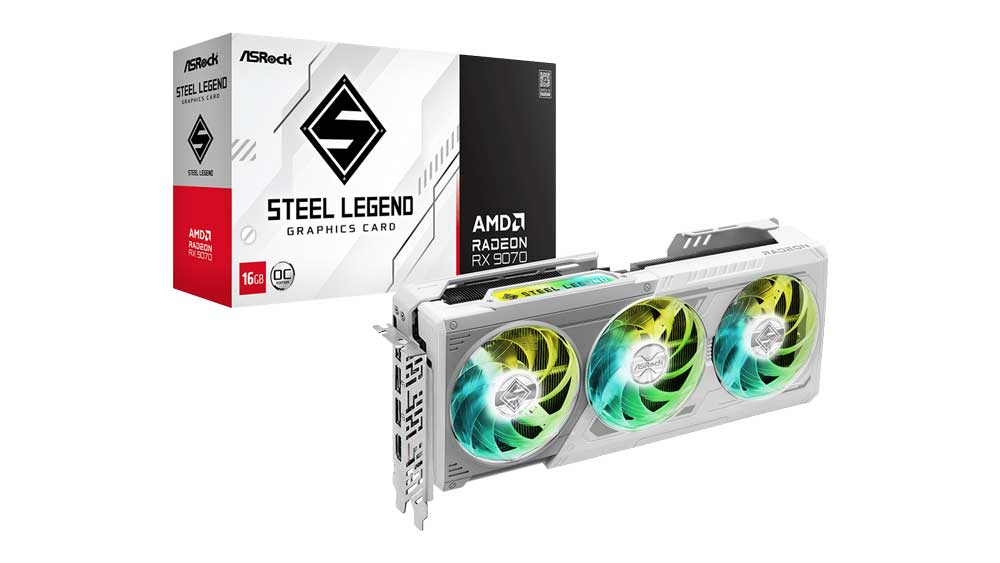

why dont you report on coil whine? i care about that more than anything else
Εξαιρετική παρουσίαση της RTX 5080 καρτας γραφικων! Οπως ειπωθηκε σωστα στο βιντεο εδω δεν βλεπουμε μια νεα καρτα απο θεμα επιδοσεων hardware,αλλα απο θεμα νεου software! Οπως τοτε με τη 7000 Gen της Radeon με απιστευτη αυξηση FPS μεσω του Fidelity 3 ετσι και τωρα βλεπουμε μια νεα gen στο θεμα DLSS4 και τιποτα παραπανω!
Aris i have an Andyson PX-1200 Platinum with ATX 2.53 spec should it okay to handle RTX 5080 with 12v-2×6 converter ?
power wise is ok, but I don’t trust adapters/converters.
did the 12v-2×6 converter still had bad melting behavior in RTX 50xx series with high wattage PSU like 1000W++, and do you have any suggestion for ATX 2.53 users who want to pairs their PSU with RTX 50xx series ?
There will always be issues in everything, but the fact is that 12V-2×6 is much safer than 12VHPWR. As for ATX 2.53 users, get proper cables from the respective brands, 2x 8-pin to 12+4